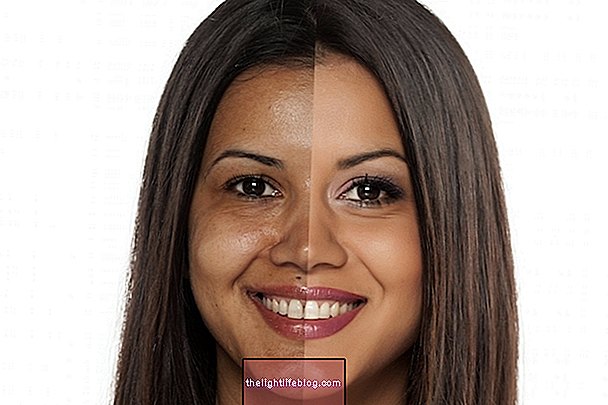Treatment for werewolf syndrome, which is a very rare condition that causes excessive growth of hair from birth, should be done by removing hair to obtain smoother skin where hair growth is normally, especially in women.
How to reduce the amount of hair
Thus, to reduce hair growth in werewolf syndrome, also known as congenital hypertrophic lanuginosa, treatment is based on hair removal that can be done:
- With wax: removes the hairs at the root allowing their growth to be slower, however, it is more painful and can not be used on the face and other more sensitive places;
- With gillette: it does not cause pain because the hair is cut near the root with a blade, but the hairs reappear more quickly
- With chemicals: it is similar to hair removal with gillette, but is made with a cream that dissolves the hair, eliminating them.
- Laser : in addition to almost eliminating the hair, they reduce the scars and skin irritations that can arise with the other methods.
Due to excessive use of hair removal some skin problems such as scars, dermatitis or hypersensitivity reactions may arise, and therefore dermatology may be useful in guiding the best treatment to reduce hair growth. In this disease this growth is more common in the face, but it can happen anywhere else in the body, leaving only the palms of the hands, the soles of the feet and mucous membranes, such as eyes and mouth, for example.
Photos of werewolf syndrome
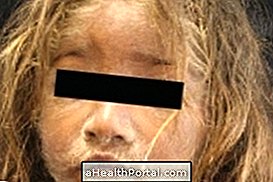
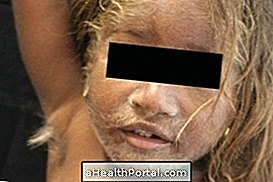
Causes of Werewolf Syndrome
Werewolf syndrome is caused by a sporadic genetic mutation, so it is rare to have more than one case in the same family.
However, there is a problem similar to werewolf syndrome, known as acquired hypertrichosis, which is caused by anorexia nervosa or metabolic problems, such as cutaneous porphyria, which usually arises only in the face and during adulthood.



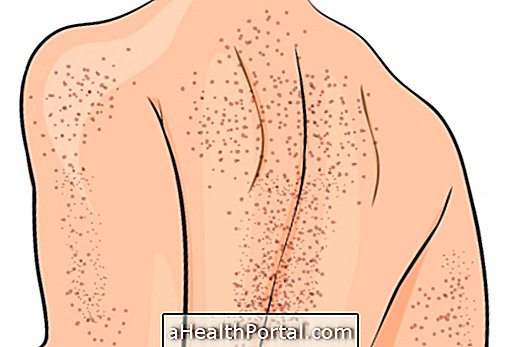
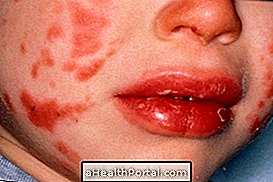







.jpg)






